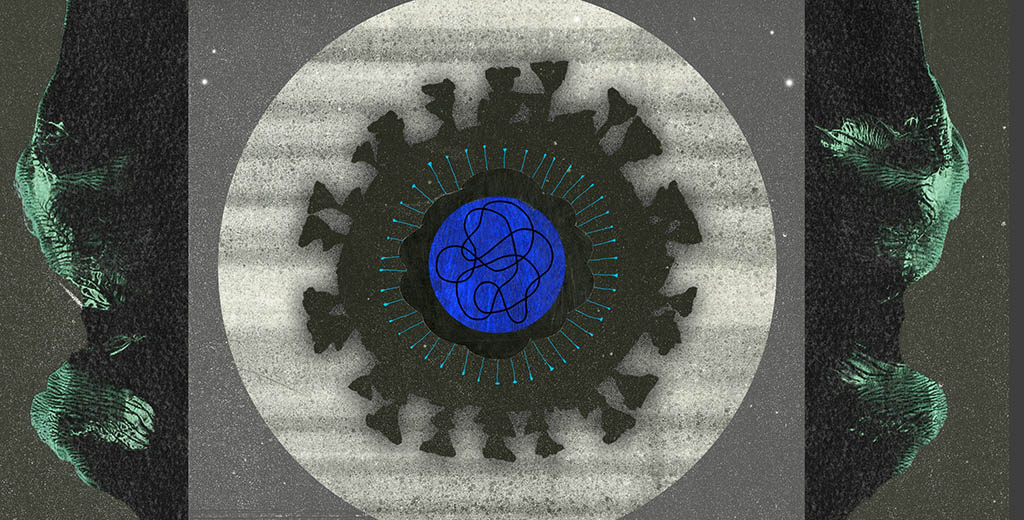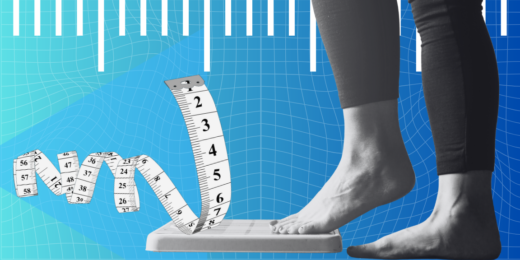In late 2008, infamous financial fraudster Bernie Madoff was found to have bilked local acquaintances and far-flung celebrities alike out of multiple billions of bucks.
For maybe six months or so afterward, accountants were the life of every Manhattan dinner party. Everybody wanted details about exactly how the perp pulled off the greatest Ponzi scheme in the history of the world.
These days, if the smart set were in a position to deal out dinner-party invitations, virologists might be the A-listers and guests would be quizzing them about hijackings of the very cells our bodies are made of.
Until 10 months ago, not so many people wanted to hear about viruses. But now as never before, there's a voracious appetite for information concerning SARS-CoV-2, the coronavirus strain responsible for COVID-19.
Curious about what makes the pandemic-producing virus tick? You're not alone. I've blogged about this before (here, here, here and here) and judging from the feedback, it looks as though a lot of people share this curiosity.
Meanwhile, new drug approaches and sharper insights as to the virus's breaking-and-entering tactics have been emerging on an almost daily basis. I've tried to sew at all together in an article titled "The Invader" for new issue of Stanford Medicine magazine. It starts like this:
"Know your enemy," Sun Tzu, the great sage of war, wrote some 2,500 years ago. Today, as COVID-19 spreads around the globe, the greatest army of medical scientists ever assembled is bent on learning all it can, as fast as it can, about SARS-CoV-2, the virus behind the pandemic.
The article draws on the expertise of Stanford virologists, cell biologists, infectious disease specialists and geneticists. It begins with a primer on viruses -- what they are, what they're made of and how their components work.
From there it's a straight segue to the virus of interest: SARS-CoV-2. How does this highly infectious and all too often lethal virus get inside a susceptible cell? How does it commandeer the infected cell's reproductive and protein-making machinery once it's inside? How does it keep the cell from defending itself in the course of this take-no-prisoners onslaught? And how might its weak spots enable us to beat it at its own intrusive game?
For some answers, check out "The Invader."
Illustration by Jeffrey Decoster
Read more from Stanford Medicine magazine's special report on COVID-19 here.






